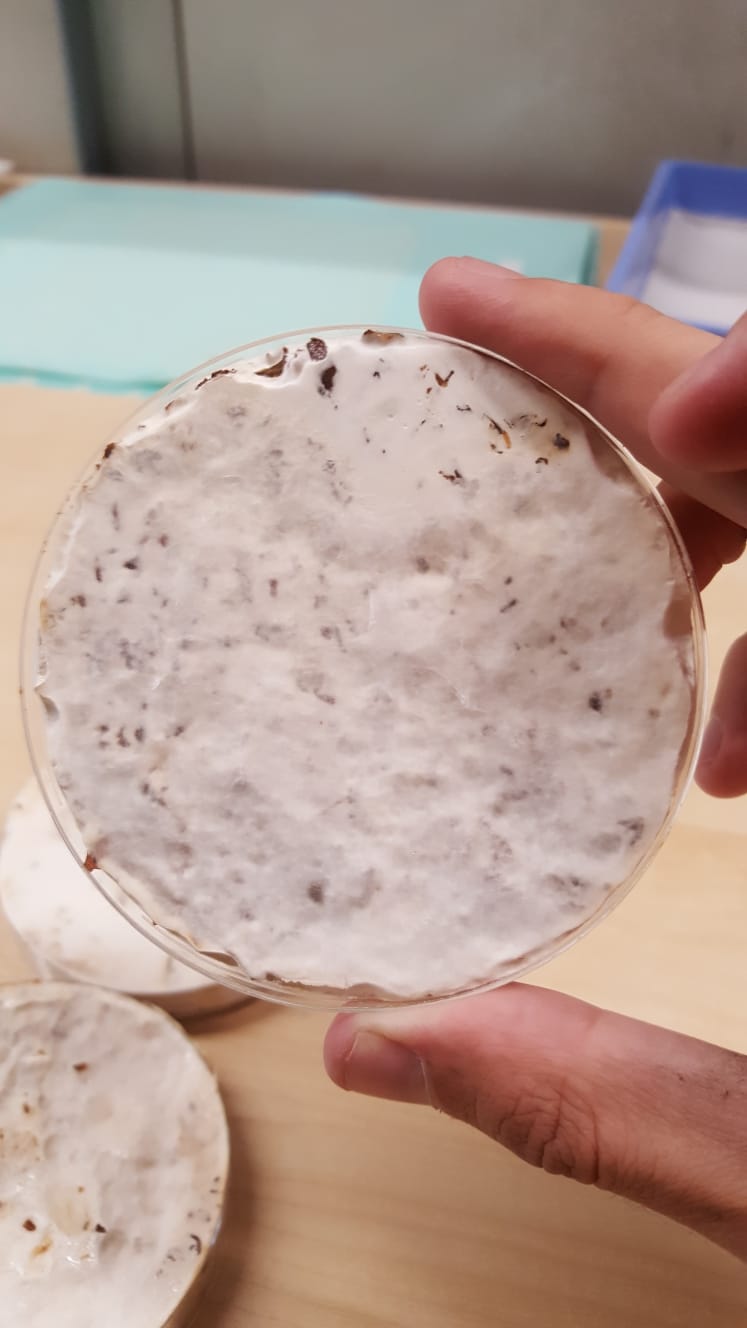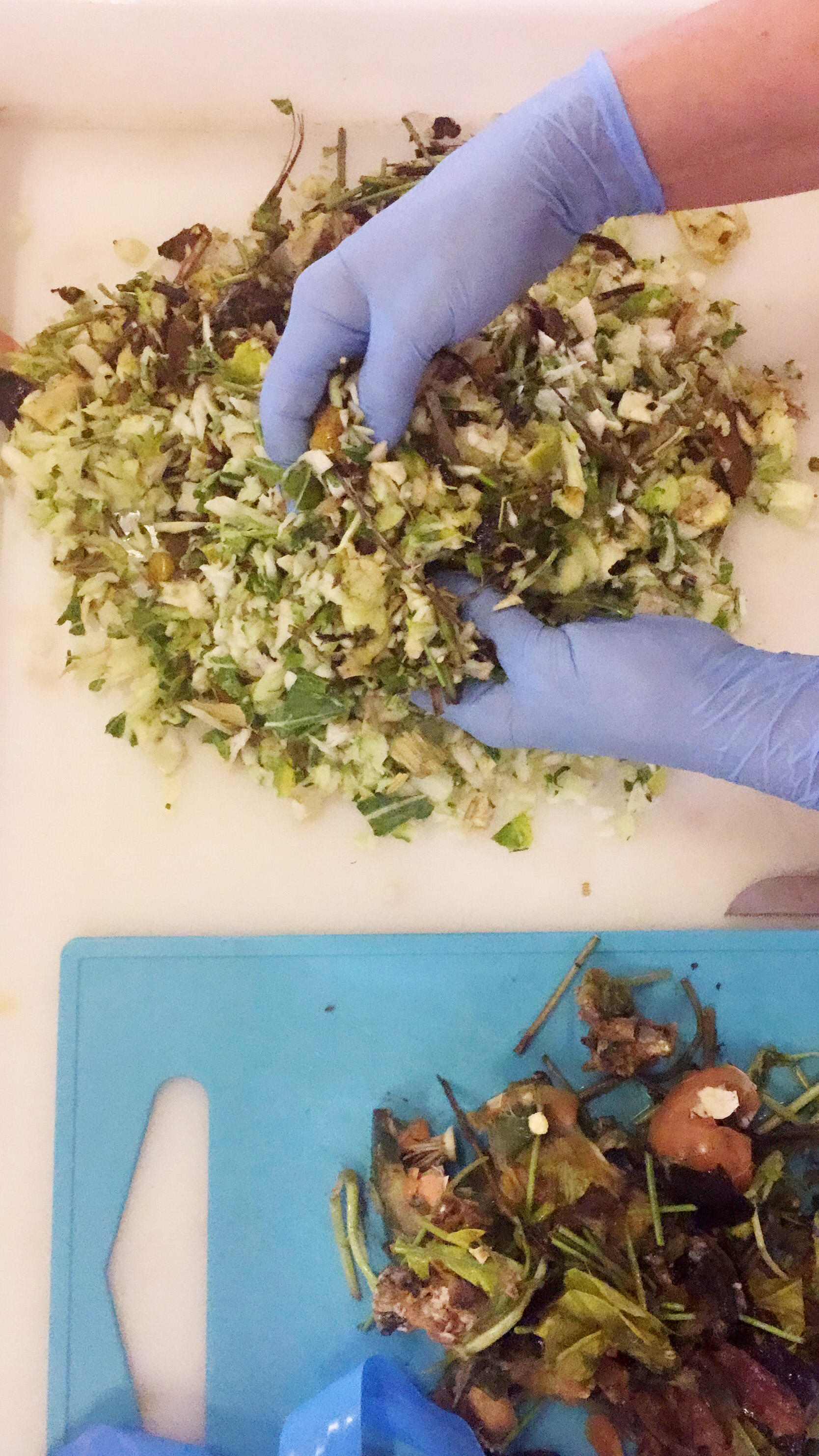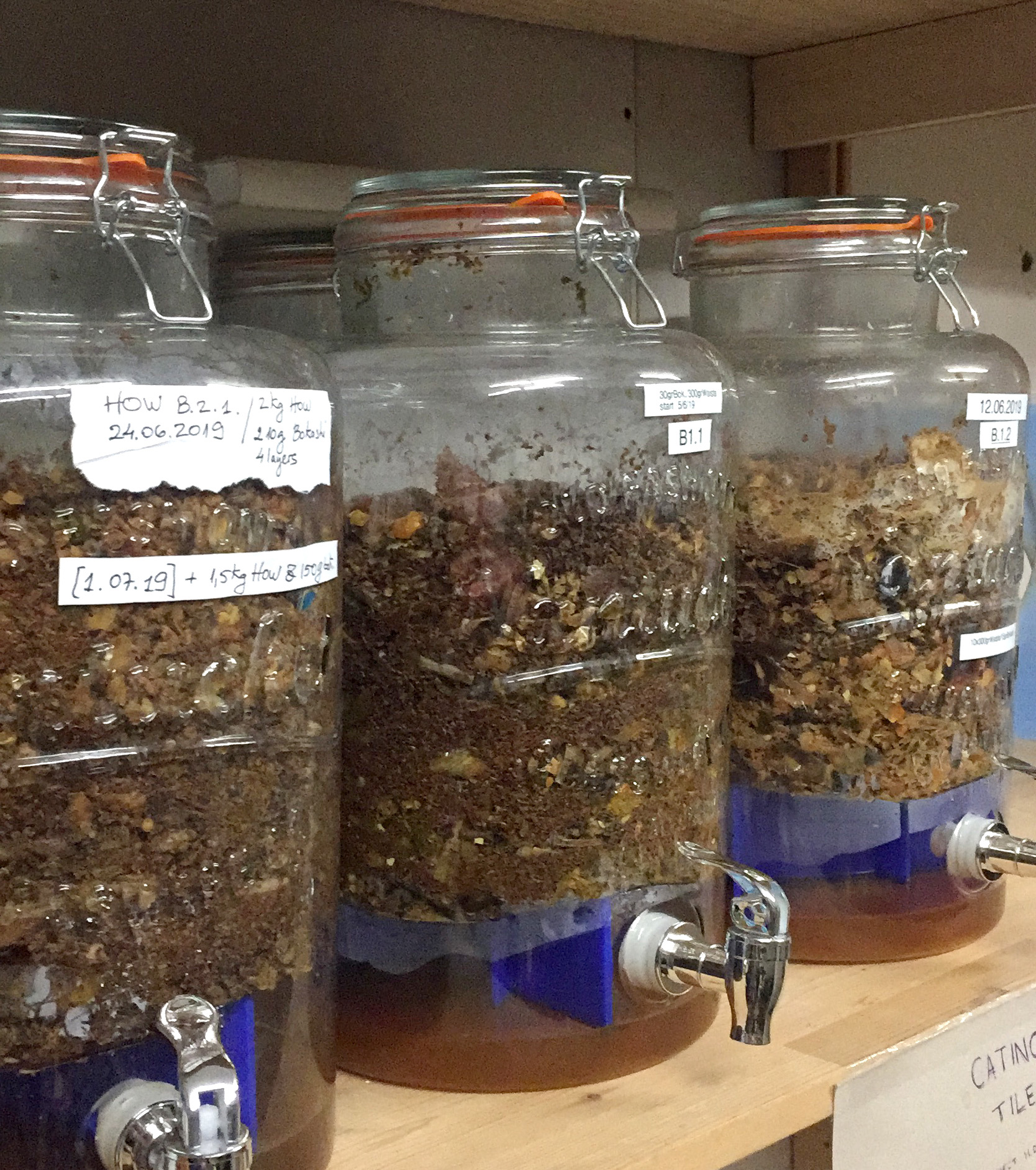We had quite a few setbacks recently. This is never easy so, in between things, I had to remind myself why I wanted to do this study in the first place. Why all this search?
For the installation “Plastic Ocean” artist Tan Zi Xi gathered a significant amount of plastic that was drifting in ocean waters. After cleaning it up, she compiled this work for the Singapore Art Museum. This artwork illustrates a tremendous abundance of objects from all categories of domestic life hanging on top of our heads like a strange weight.
There is so much plastic around that we could build giant monuments with it. Our economies depend on it. Our comfort is built on plastics: drainage systems are plastic, our food travels the world for cheap because of plastic packaging, our devices are light and easy to produce because of plastic etc.. Plastic supports our current lifestyles. Take away plastic and you'd take away most of our current pleasures. Imagining a functional world without plastic right now seems impossible. However, I dare you to try: what would the world be without plastic?
There once was such a world, right after the industrial revolution. At the time, a handful of scientists and inventors were only discovering the first plastics ever. While the first standardized products ever were taking shape, no one could even imagine yet how plastic will ever serve the world.
Maybe we have the same problem now. As our world is challenged by what post-industrial automation brings along we have a hard time looking outside of our reality. Just how our fellow humans couldn't imagine the world beyond custom made services and handcrafted objects in the beginning of the 20th century, we cannot imagine a world without cheap and disposable products.
I started this study because I'd like to try to look outside this pattern.
Plastic is our recent history; a history that is very hard to index at the moment. But this only spans from the 1950s onward when PET was first adapted for mass production. Ever since then the presence of plastics everywhere came to be known as the success story of our civilised world. Yet now, when we have huge difficulties administering this story's consequences, plastic starts to look more like Tan Zi Xi's work rather than the extension of the modern human. We still linger on the 1950s' image of abundance. It's time to move on, don't you think?


















